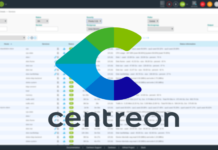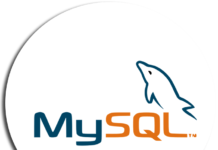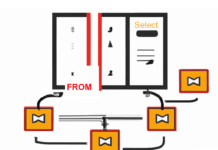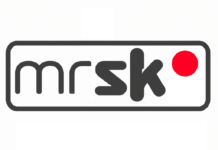- Open Source Software can boost innovation and competitiveness
- Significant challenges remain: a cultural shift is needed
Berlin, Guangzhou, Madrid, Paris, Roma, Sao Paulo: Qualipso, a unique international alliance of ICT industry players, SMEs, research, public sector bodies and academics, whose role it is to help industry and governments fuel innovation and competitiveness with Open Source software (OSS) recently published the report of its annual Conference, bringing together top speakers and participants from nearly 30 countries.

The conference focus was on highlighting the strengths and challenges of Open Source Software, the state of the market, and future trends.
Because of its capacity to boost innovation and competitiveness, Open Source Software (OSS) could act as a catalyst for restructuring the entire industry, acting as a lever for the transformation of the economy towards a service-based model. Being innovative, flexible and ultra-accessible so it can be skillfully adapted for both high-end solutions or low-cost software for the general public means OSS could contribute to a profound transformation of the IT ecosystem.
However, despite many successes, OSS uptake remains slowed by certain myths and misconceptions in the industry, and some barriers are still perceived by mainstream users, most notably: security, availability of services and support, TCO, legal/IP issues and viability. OSS stakeholders will have to overcome these barriers for mainstream adoption.
All these points will involve not only the provision of new tools, but also a cultural shift in projects, for software vendors, integrators and end-users alike.
For this transition to take place, new approaches are needed to create synergies between traditional OSS players (communities, academics and research) and new actors (industry and public administrations), with cooperation and cross-fertilization needed between all types of organizations.
Challenges to be taken up include:
- Trust and Certification issues: it will be necessary to set up methods and tools to demonstrate the quality of the software being produced. If some methods already exist (OpenBRR, etc.), a common approach to OSS and traditional software would be of prime interest for a mainstream adoption of OSS across the industry.
- Legal issues: The current OSS legal and IPR situation needs to be clarified, focusing on a limited number of licenses. More attention paid to internationalization and compliance with local regulations (notably in Europe) is of prime importance. More formal procedures to manage legal and IP issues should be set up both in communities and end-user organizations.
- Business model issues: Reasonable business models will be key to encourage the development and mainstream adoption of Open Source Software. It appears that the “Product + Services” model may become the most common business model in the near term. From a global point of view, OSS and traditional business models will share more and more common practices. Capacity to bring together a large stakeholder ecosystem will be key to success.
- Development and Interoperability issues. As OSS grows into the mainstream, new initiatives in OSS development methods and environments (software forges, document management and interoperability) are needed to satisfy a broader set of user requirements. This is all the more important as Open Source methods will increasingly be applied to enterprises

























